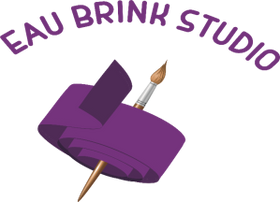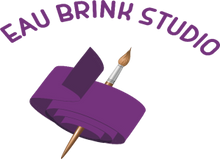Getting to Grips with the Embroidery Machine – Anita’s Journey
This week I’ve finally carved out some time to dive into one of those tasks that always seems to sit on the back burner: properly exploring the embroidery machine. If you’ve ever looked at these machines and thought “they look amazing, but a bit intimidating” — you’re not wrong! They hold huge creative potential, but getting to that point takes time, learning, and a lot of patience.
Starting with the Basics
The first step is getting familiar with how the machine works. That’s actually the easy part. It’s about understanding how to thread it up, choose the right needle, match it with the right stabiliser, and pick your fabric. There’s a bit of trial and error, of course, but it’s manageable — and quite satisfying.
From Pre-Set Designs to Personal Touches
Next comes learning how to use the built-in patterns. These are a great way to get started and build confidence, but the real creativity starts when you begin altering them — tweaking the size, layout, and colours to make them your own. That’s when the embroidery machine starts to feel like your creative partner.
Now the Real Challenge: Making Your Own Designs
This is where things get more technical. If you want to turn your own images into stitchable designs, you need to understand a whole new layer of software and image formatting.
Most pictures on your computer are pixel-based – think JPEGs or PNGs. These are made up of tiny coloured squares. Perfect for viewing, but not great for embroidery. Machines don’t “see” images in the same way — they need clear outlines and paths to follow.
To get there, you first need to convert your image into a vector file. A vector is made from paths and curves, not pixels, so it can be resized and manipulated without losing quality. This makes it perfect for crisp, clean embroidery outlines.
Enter CorelDRAW
To create vector files, I’m using CorelDRAW – a powerful graphic design program that helps turn raster images into vectors. It allows me to trace around artwork, tidy it up, and export it in a format that my embroidery software can read. CorelDRAW has a bit of a learning curve, but once you get the hang of it, it’s incredibly powerful.
After the vector stage, the image then needs to be converted again into a format specific to my machine — in this case, a JEF file. And that’s not all — you need to make sure it’s the right size for your embroidery hoop and tell the machine how you want it stitched (cross stitch? satin stitch? photo-style?).
The Possibilities Are Endless – But It All Takes Time
Once you’ve jumped through all those hoops (pun intended), then the creative play really begins: shifting elements around, layering designs, stitching sections separately. It’s exciting, but it’s also a process that rewards patience.
So that’s where I am this week – learning, experimenting, and slowly beginning to unlock the true power of the embroidery machine. If you’re on a similar journey, I’d love to hear how you're getting on!
Until next time,
Anita
Exploring the stitch, one pixel at a time





Leave a comment